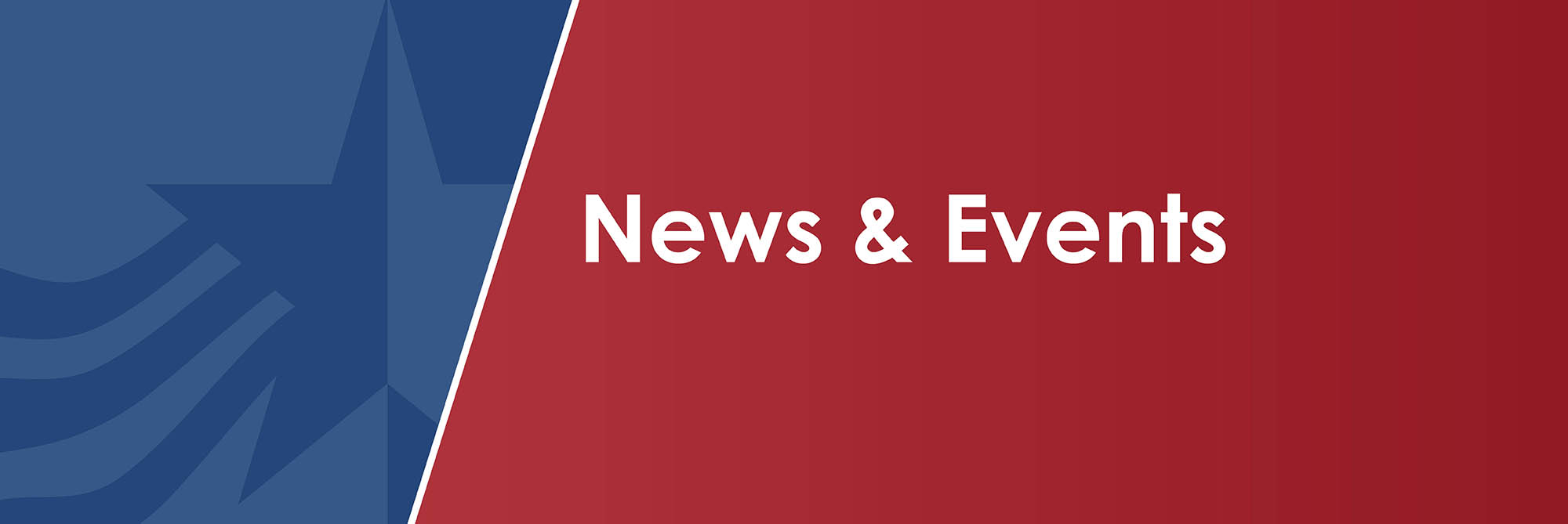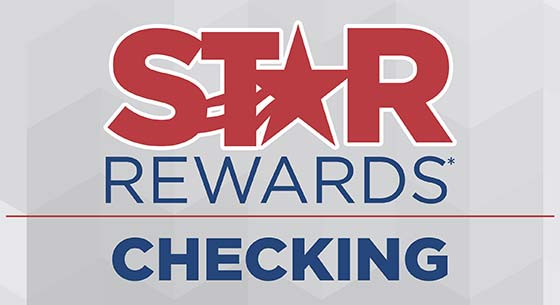October is National Cyber Security Awareness Month. As your financial partner, we’re committed to providing resources to help you keep your personal information safe from cyber threats.
According to the World Economic Forum, human error is the cause of 95% of cyber security breaches. So how can you protect yourself? Focus on the four steps below.
1. Enable Multi-factor Authentication
Multi-factor Authentication (MFA) is an authentication method that requires the user to provide two or more verification factors to gain access to the desired application or online account. For example, in addition to entering your username and password, an application may require a one-time passcode delivered to you via email or text message. Or you could answer a personal security question before logging in.
According to Microsoft, users who enable MFA are significantly less likely to get hacked, as unauthorized users will be unable to meet the second authentication requirement to access their accounts.
Check out the security settings on your accounts and applications to enable MFA. You could see MFA listed as Two Factor Authentication, Multi-Factor Authentication, or Two Step Factor Authentication. Follow the prompts to enroll.
2. Use Strong Passwords
We are all likely guilty of using the same password for multiple accounts. Unfortunately, it increases your chances of getting hacked. Instead, make it a point to use a different username and password for each online account to make it harder for hackers to breach your accounts.
So what makes a strong password? We suggest making it as long as possible and including a mix of upper and lower case letters, numbers, and symbols. Avoid anything tied to your personal information, like your name or birthday.
And most importantly, store your usernames and passwords in a secure place. Avoid keeping a list on your phone or in your purse. Instead, opt for a secure password app.
3. Recognize and Report Phishing
Phishing is an attempt to solicit personal information from consumers using social engineering techniques like an email that appears legitimate but takes the user to a fraudulent website. The site could contain malicious code and ask for personal information.
To avoid Phishing, review an email carefully before clicking on any links. Consider the following:
- Were you expecting the email?
- Does the email address look accurate?
- Does the email include grammatical errors or misspelled words?
- Is the email asking for personal information in an urgent manner?
If you question anything in the email, do not click on the link and call the sender (not using a number provided in that email) to verify. Then, report the instance to phishing-report@us-cert.gov.
4. Update Your Software
As soon as a software update becomes available for an application on your computer or mobile device, take action and download it. Why? Updates generally correct system vulnerabilities that hackers target.
Never click on a link within an email message to download software. Instead, visit the vendor website while on a trusted Wi-Fi network. If automatic updates are available, take advantage. If not, make it a point to routinely check for updates to ensure you have the latest version.
Learn more here. Questions? Call us at 800-872-6358.






